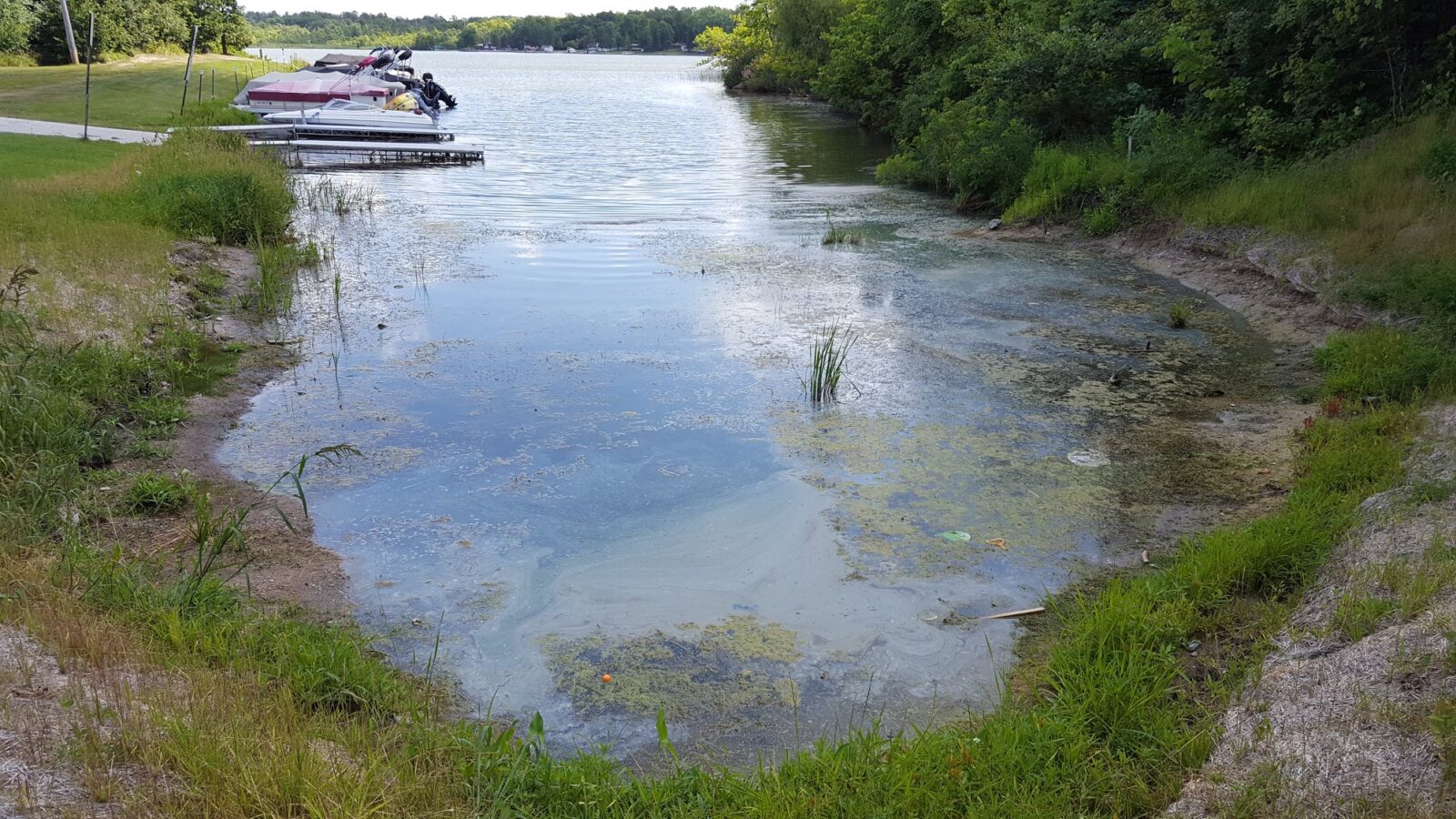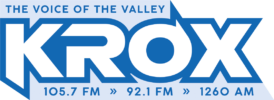Earlier this summer, blue-green algae blooms were reported on Lake Sarah, just outside of the Red Lake River Watershed District, prompted tests of shallow lakes in district. Blue-green algae are types of bacteria that are normally present in bodies of water and common in Minnesota. When conditions are right, the blue-green algae can grow quickly forming “blooms.”
The RLRWD’s Corey Hanson said because of the proximity of the bloom on Lake Sarah, they began testing other lakes within the district. “We implemented this plan for our area where if we know of one lake that has algae blooms we’d test some other ones that could possibly have one,” said Hanson. “They are shallow lakes where the nutrients could get mixed up from the bottom or have lots of nutrients and regular algae blooms. We tested Maple, Oak, Cameron, Badger lakes, and Hill River Lake.”
Hanson said Oak Lake had a severe bloom throughout the lake when tested and residents along Maple Lake began notifying the Watershed District about blooms along their properties. “Oak Lake had a severe bloom throughout the lake and had some measurable toxins in it,” said Hanson. “Probably, a moderate risk level. When we posted that information we got replies from residents along Maple Lake who had significant blooms of blue-green algae occurring at their residences, particularly the southwest end of the lake, and also a bloom at the Polk County Park. We verified them.”
While a couple of blooms had formed along the shore by some residents, Hanson said on-going tests of the open water haven’t shown much for measurable toxins. “We didn’t find any measurable toxins in the August 3 sample on Maple Lake,” said Hanson. “We also didn’t find measurable toxins in the open areas from the samples on August 5. It seemed like the blooms were occurring in these bays, shallow areas, where there was more disturbance. In the open water, the toxins are more diluted.”
Hanson said they’ve continued to test the water on Maple Lake and monitor the existing blooms. “After that, we’ve continued to do semi-weekly testing and haven’t seen measurable algal toxins,” said Hanson. “The last one was August 21, we sampled at Trinity Point and didn’t find any measurable toxins. That same day I checked on the Polk County Park bloom and that had gotten better or lessened. But there was still possibly a little bit there with some florescent green scum. I sampled that and confirmed there was still some in that bay there, but not as much as before.”
Like the bloom at the Polk County Park, Hanson said he expects the other blooms to grow smaller and disappear as the temperature falls because the algae require warm water to grown and survive. The Red Lake Falls Watershed District can be reached at https://www.redlakewatershed.org or at 218-681-5800.





